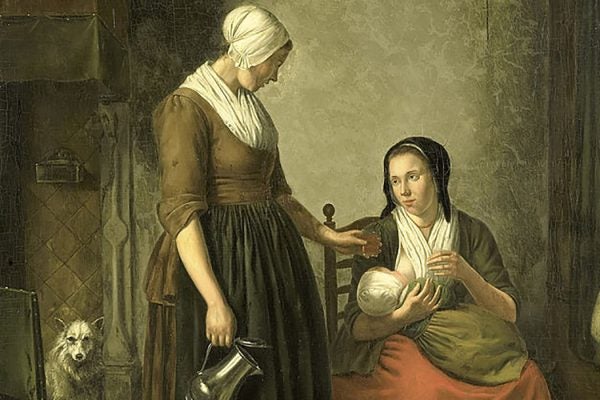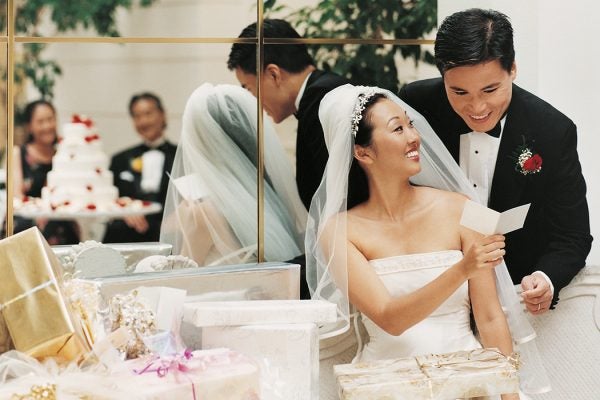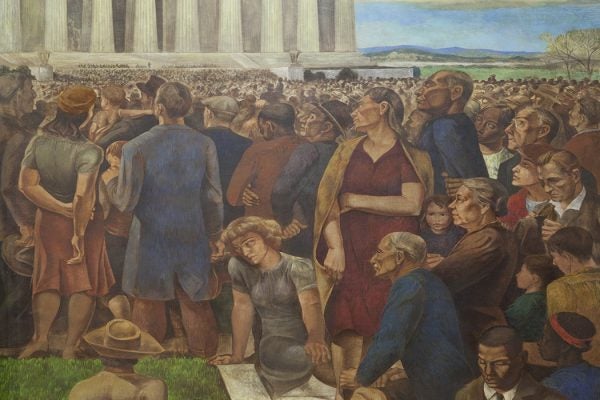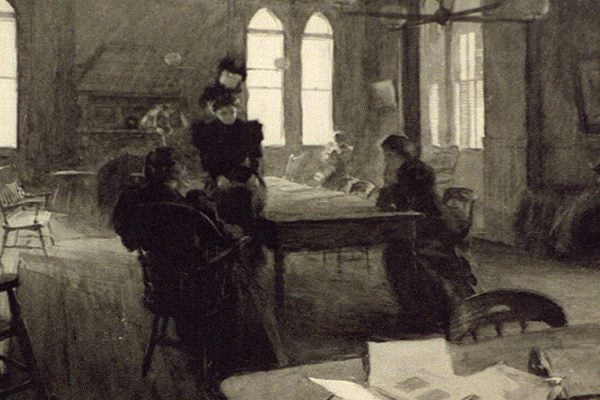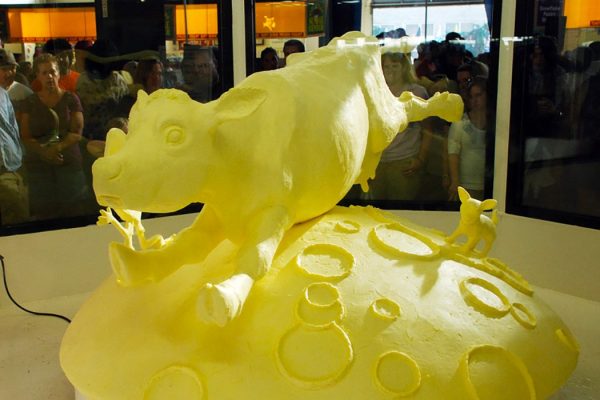When Breastfeeding Was a Civic Duty
Think people are judgmental of mothers now? In the 18th- and 19th-centuries, mothers who bottle-fed their babies were blamed for many of society's ills.
Some Books Can Kill
Poisonous green pigments laced with arsenic were once a common ingredient in book bindings, paints, wallpapers, and fabrics. Yikes.
When Weddings Went Commercial
The rise of industrial production and commercial marketing transformed the way that well-to-do Americans celebrate weddings.
The First Civil Rights Monument
The nation's first civil rights monument is a mural portraying the interracial audience at Marion Anderson's famed Freedom Concert of 1939 on the Washington Mall.
Discovering the Real Little Women: Researching The Other Alcott
Louisa May Alcott's "Little Women" is a cultural touchstone. But what about the women behind the "Women," Alcott's real-life sisters on whom she based her characters? An interview with novelist Elise Hooper considers the life of "The Other Alcott."
The Reading Rooms Designed to Protect Women from “Library Loafers”
In the late 1800s, American women began to move more freely in public. In response, public libraries created sex-segregated reading rooms, intended to keep women in their proper place.
Benjamin Lay: The Radical “Quaker Comet”
Benjamin Lay was a radical abolitionist who helped turn the Quakers from slave-holders to leaders of the anti-slavery movement.
The Decadent Art of Butter Sculpture
Butter sculpture is a fixture of American state fairs. The practice of using food as a medium for art dates back centuries.
How Mr. Coffee Made Coffee Manly
Mr. Coffee, the first electric-drip coffee machine for home use, debuted in 1972, forever changing the way Americans made coffee.
Did the Aztecs Simply Disappear? Surviving Biombo Paintings Tell Another Story
Colonial narratives often boast triumphant victory and catastrophic defeat, but Mexican biombo paintings suggest a surprising alternative.
